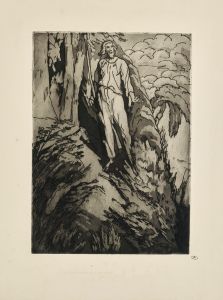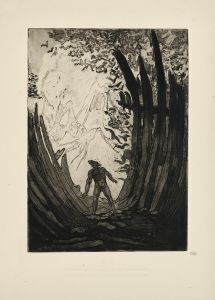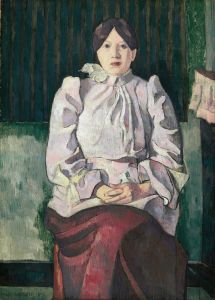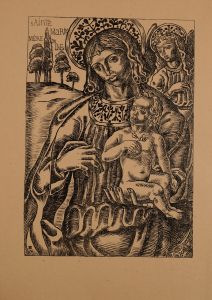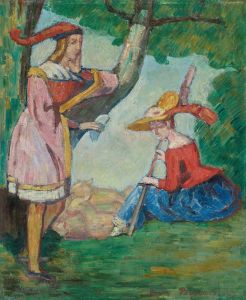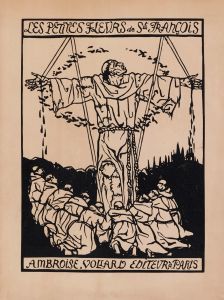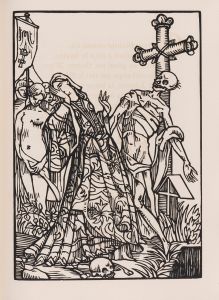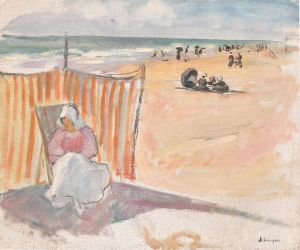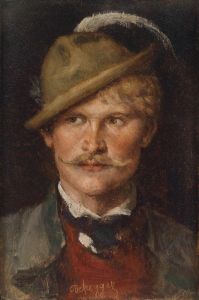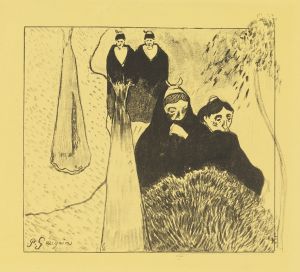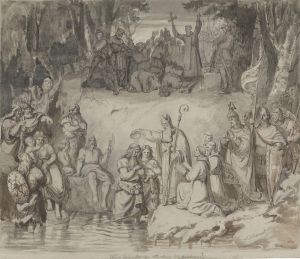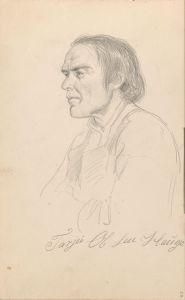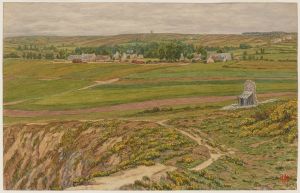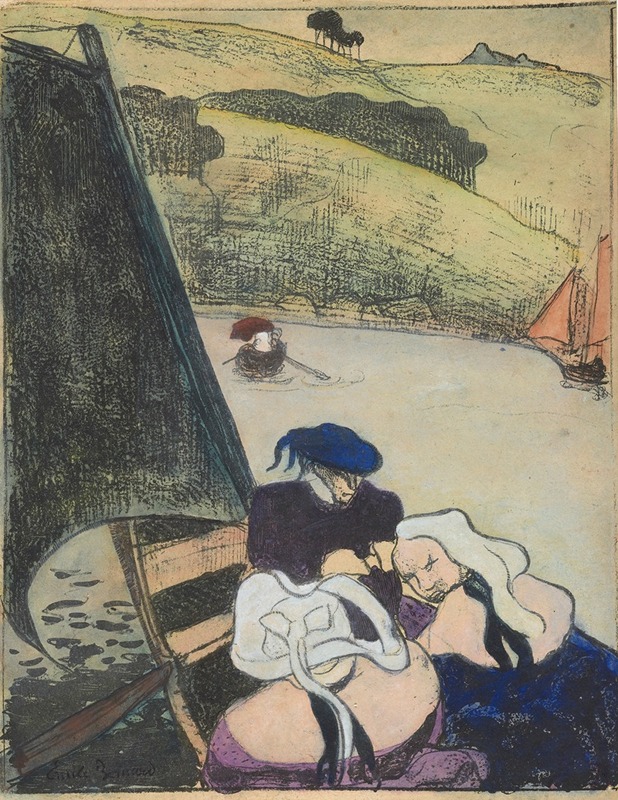
Bretons dans une barque
A hand-painted replica of Emile Bernard’s masterpiece Bretons dans une barque, meticulously crafted by professional artists to capture the true essence of the original. Each piece is created with museum-quality canvas and rare mineral pigments, carefully painted by experienced artists with delicate brushstrokes and rich, layered colors to perfectly recreate the texture of the original artwork. Unlike machine-printed reproductions, this hand-painted version brings the painting to life, infused with the artist’s emotions and skill in every stroke. Whether for personal collection or home decoration, it instantly elevates the artistic atmosphere of any space.
"Bretons dans une barque" (Bretons in a Boat) is a painting by the French artist Émile Bernard, created in 1889. Émile Bernard was a prominent figure in the Post-Impressionist movement and played a significant role in the development of Symbolism and Cloisonnism in art. Born in Lille, France, in 1868, Bernard was known for his innovative approach to painting, which often involved bold colors and simplified forms.
The painting "Bretons dans une barque" depicts a group of Breton peasants in a boat, reflecting Bernard's fascination with the rural life and traditional customs of Brittany, a region in northwestern France. This interest in Breton culture was shared by many artists of the time, including Paul Gauguin, with whom Bernard had a close and influential relationship.
In "Bretons dans une barque," Bernard employs the Cloisonnist technique, which he helped to pioneer. This style is characterized by the use of bold outlines and flat areas of color, reminiscent of stained glass or cloisonné enamel work. The figures in the painting are outlined in dark, almost black lines, which serve to separate and emphasize the areas of vibrant color within the composition. This method creates a sense of simplicity and clarity, drawing attention to the essential forms and colors of the scene.
The subject matter of the painting, with its focus on Breton peasants, is indicative of Bernard's interest in the everyday lives of ordinary people. The Bretons, with their distinctive traditional clothing and customs, were a popular subject for artists seeking to capture the essence of rural France. In "Bretons dans une barque," Bernard portrays the figures with a sense of dignity and respect, highlighting their connection to the land and sea.
Bernard's work during this period was heavily influenced by his interactions with other artists, particularly Paul Gauguin. The two artists met in Pont-Aven, Brittany, in 1888, and their collaboration and exchange of ideas had a profound impact on both of their artistic developments. Bernard's use of bold colors and simplified forms can be seen as a response to Gauguin's own experiments with these techniques.
"Bretons dans une barque" is a significant example of Bernard's contribution to the Post-Impressionist movement and his role in the development of modern art. The painting exemplifies his innovative approach to composition and color, as well as his deep appreciation for the cultural heritage of Brittany. Today, Émile Bernard is recognized as a key figure in the history of modern art, and his works continue to be studied and admired for their unique blend of tradition and innovation.
The painting is part of the collection at the Musée d'Orsay in Paris, which houses an extensive array of works from the 19th and early 20th centuries. The Musée d'Orsay is renowned for its collection of Impressionist and Post-Impressionist masterpieces, making it a fitting home for Bernard's "Bretons dans une barque." Visitors to the museum can view the painting and appreciate its place within the broader context of Bernard's oeuvre and the artistic movements of his time.





